The Evolution of Winemaking Techniques in Napa Valley
Overview
Napa Valley has been making wine for over 150 years. What started with simple tools and hard work has grown into a world-famous wine region. This article explores the evolution of winemaking techniques in Napa Valley, blending history, innovation, and top spots to visit.
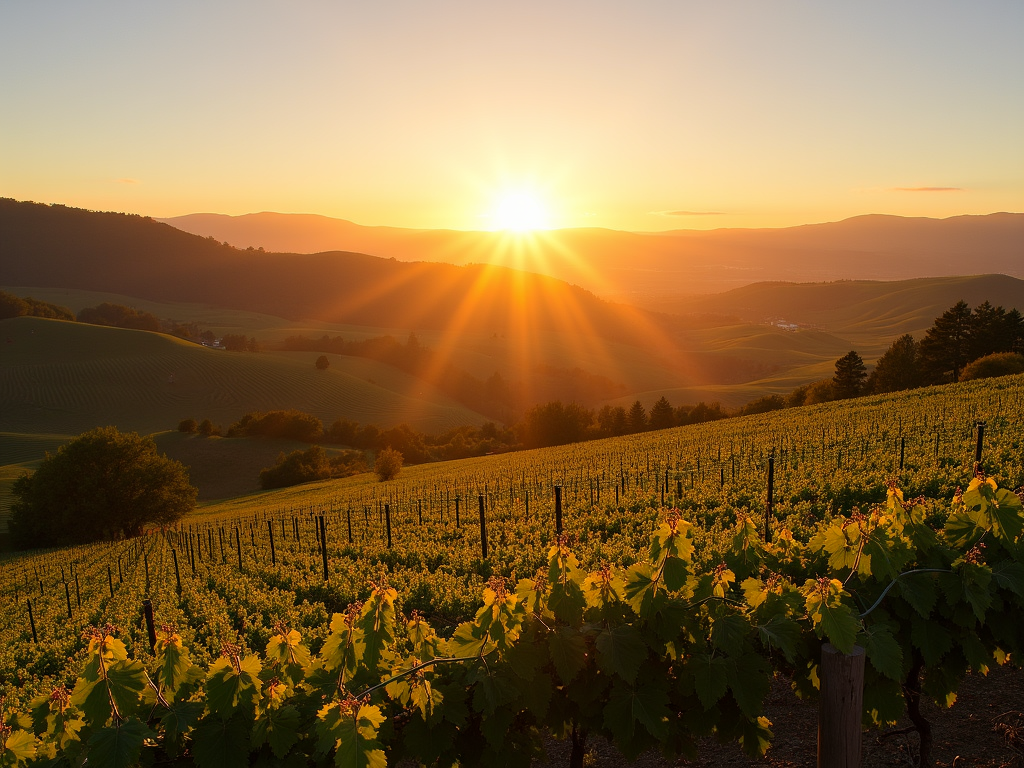
The History of Napa Valley Winemaking
Napa Valley’s winemaking story kicked off in the mid-1800s. European immigrants saw the rich soil and sunny weather as perfect for grapes. People like Charles Krug planted vines and built the first wineries. Back then, everything was basic—grapes were picked by hand and pressed with feet.
Things changed in the 1960s and 1970s. Robert Mondavi, a big name in wine, pushed for better quality. He brought new ideas that made Napa wines stand out. Then came the 1976 Judgment of Paris. Napa wines beat French ones in a blind taste test, shocking the world and boosting Napa’s fame.
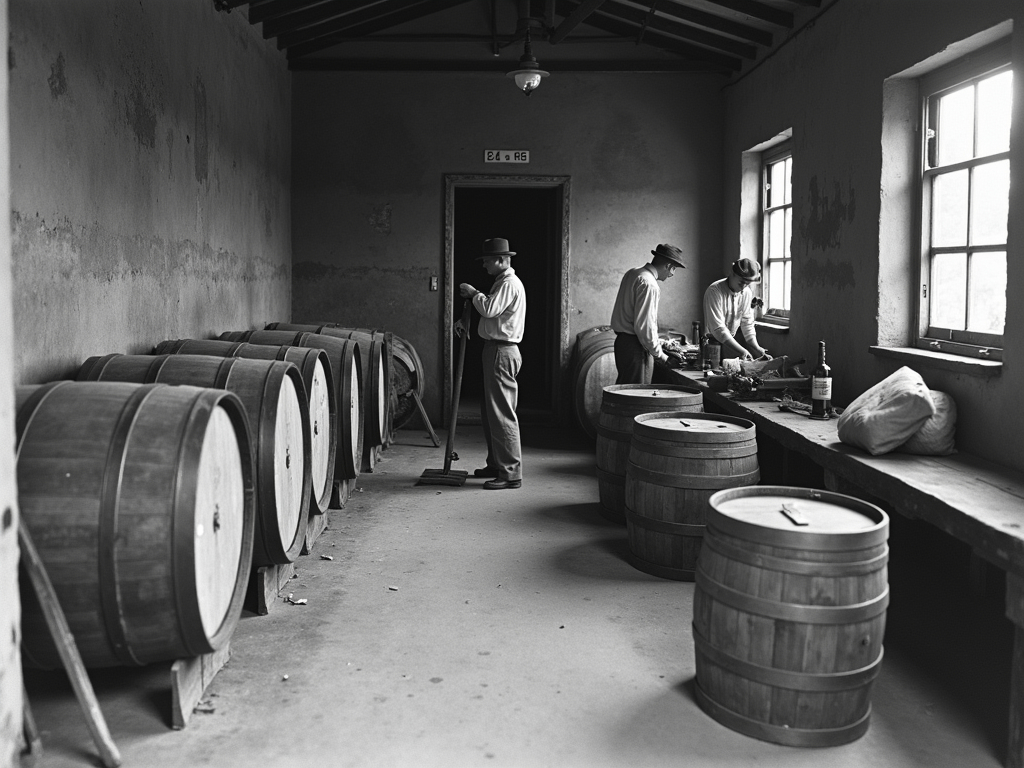
How Winemaking Techniques Evolved
Early winemaking in Napa was all about sweat and tradition. Workers picked grapes by hand and fermented them in open vats. It worked, but it was slow and hard to control. As more people wanted Napa wine, winemakers needed smarter ways to keep up.
In the 1960s, stainless steel tanks arrived. These let winemakers control the temperature and keep things clean. The result? Brighter, fresher wines that people loved. I’ve tasted some of these wines myself, and the crisp flavors really shine through.
Oak barrels came next. Napa winemakers played with different woods and aging times to add depth to their wines. Think vanilla or spice notes—those come from the barrels. It’s a trick that makes Napa wines feel special and rich.
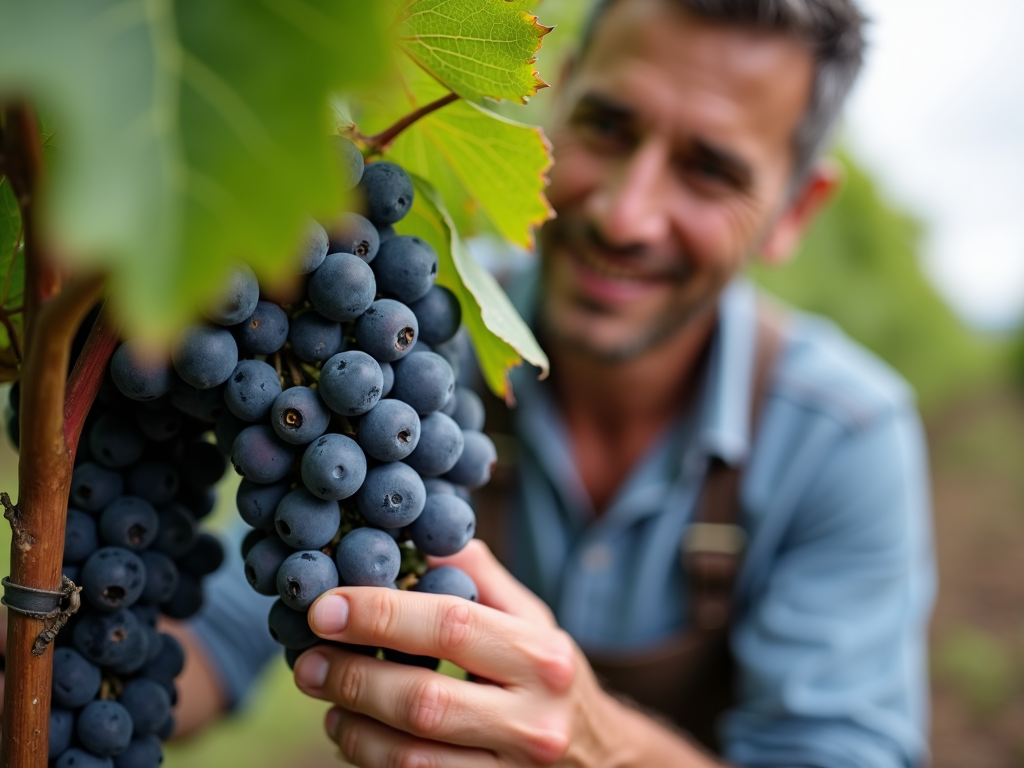
Today, technology is a game-changer. Winemakers use satellites and sensors to watch their vineyards. This helps them grow better grapes. Labs also test the wine at every stage, making sure it’s perfect. It’s amazing how science and nature work together here.
Even with tech, many stick to green practices. Napa’s climate and soil are gold for grapes, and winemakers want to keep it that way. Organic farming and water-saving tricks are big now. It’s about making great wine without hurting the land.
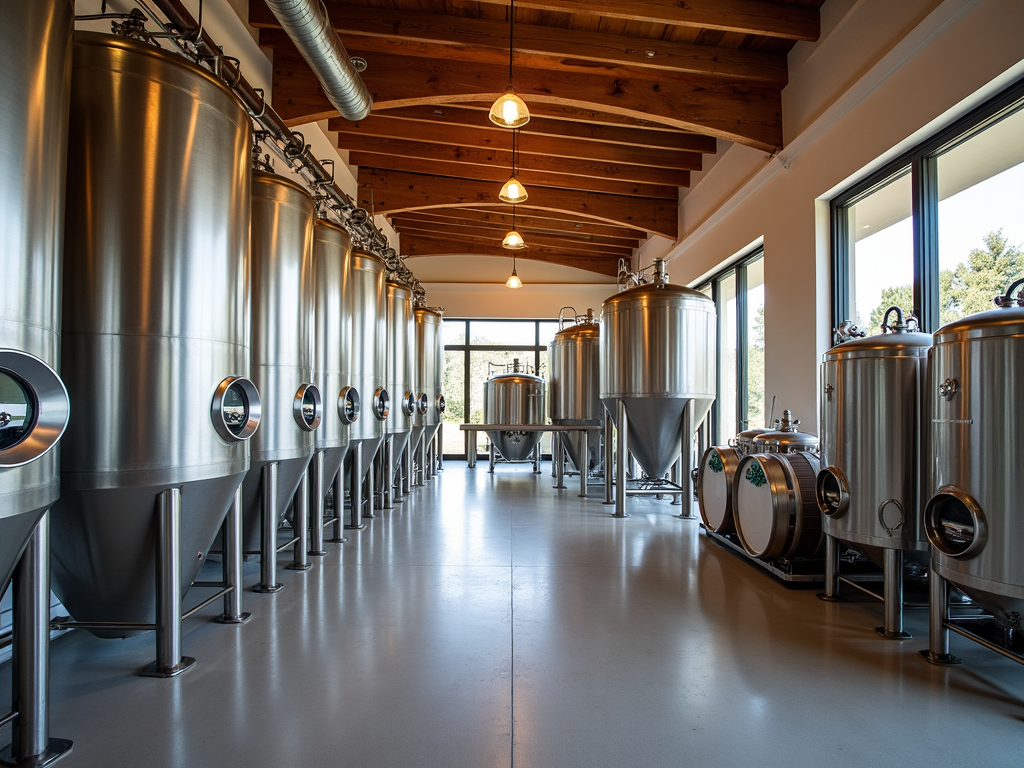
Napa Valley's Top Wine Destinations
Napa isn’t just wine—it’s an adventure. Here are some top places to check out:
- Robert Mondavi Winery: This spot started it all. Tours and tastings show off its history and bold wines.
- Stag’s Leap Wine Cellars: Known for the 1976 win, it’s a must for Cabernet fans.
- Domaine Carneros: Fancy sparkling wines and stunning views make it a treat.
- Beringer Vineyards: One of the oldest, with a cool historic house and tasty wines.
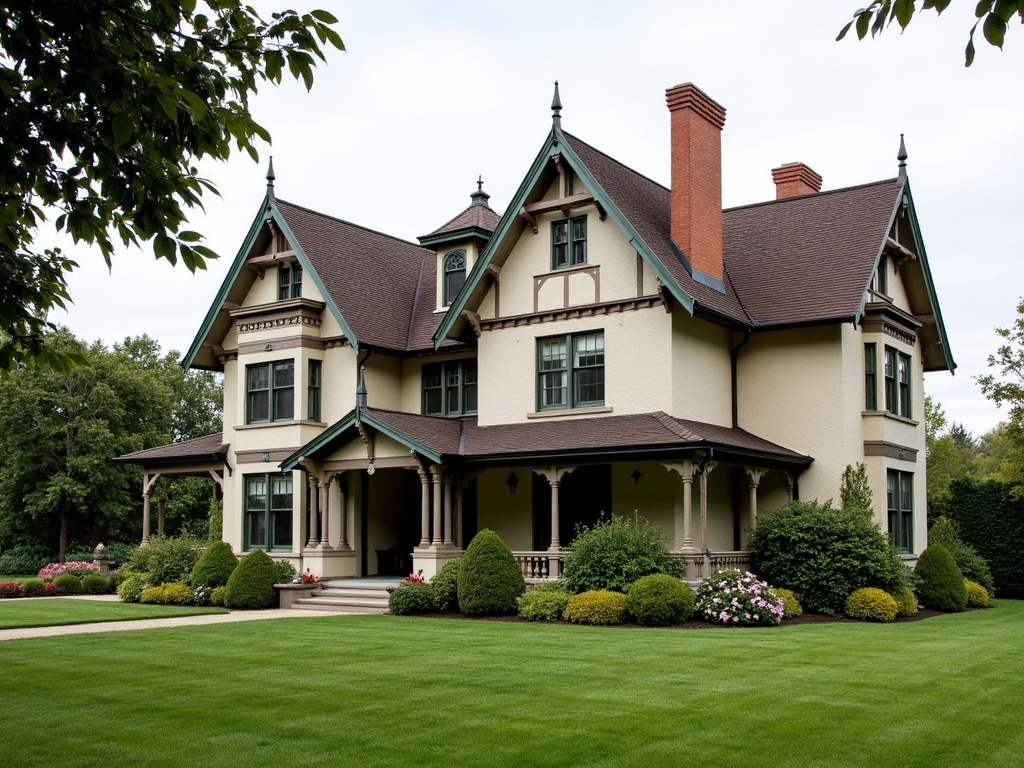
Beringer Wine Tasting Notes
Beringer Vineyards is a Napa legend. Here’s what you’ll taste in their best wines:
- Private Reserve Cabernet Sauvignon: Smells like blackberries and chocolate, with a smooth, long finish. It’s bold yet balanced.
- Knights Valley Cabernet Sauvignon: Think plums and cherries with a soft end. Easy to love.
- Founders’ Estate Chardonnay: Fresh apple and pear with a hint of oak. Light and crisp.
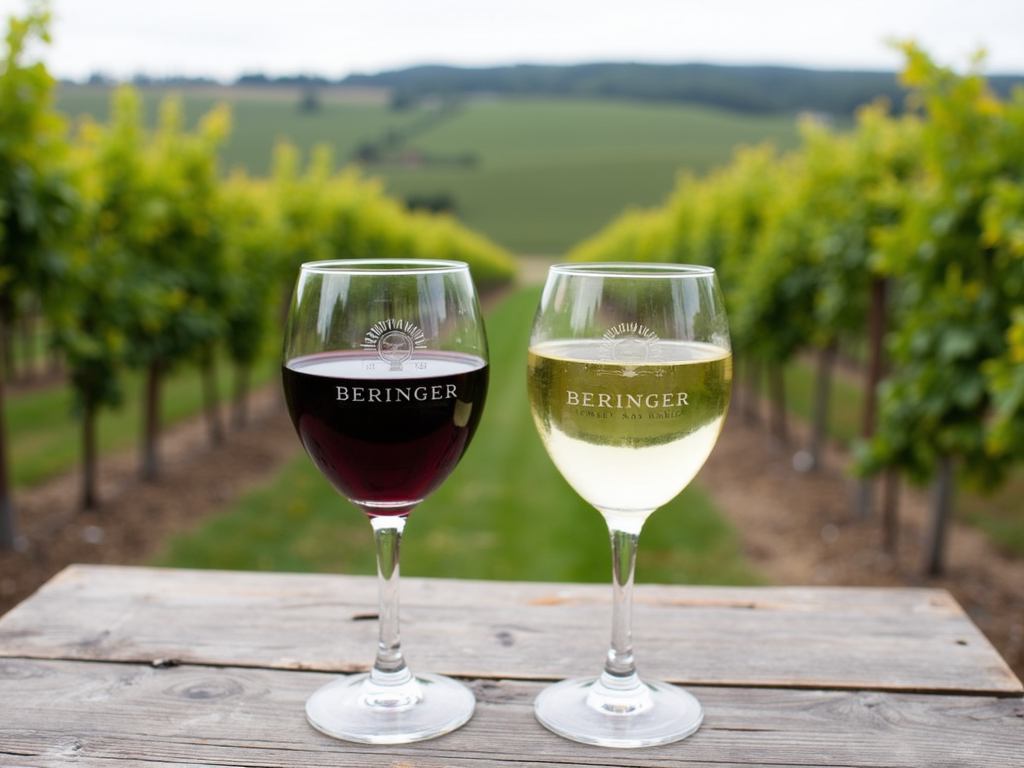
What’s Next for Napa Winemaking
Napa’s future is bright and green. Winemakers are all about saving water and farming naturally. Tech like drones and data tools helps them grow top-notch grapes. Some even use blockchain to track their wine from vine to bottle—pretty cool, right?
But the heart of Napa stays old-school. It’s the love for the craft and the land that makes the wine special. I’ve walked these vineyards, and you can feel the care in every row of vines.
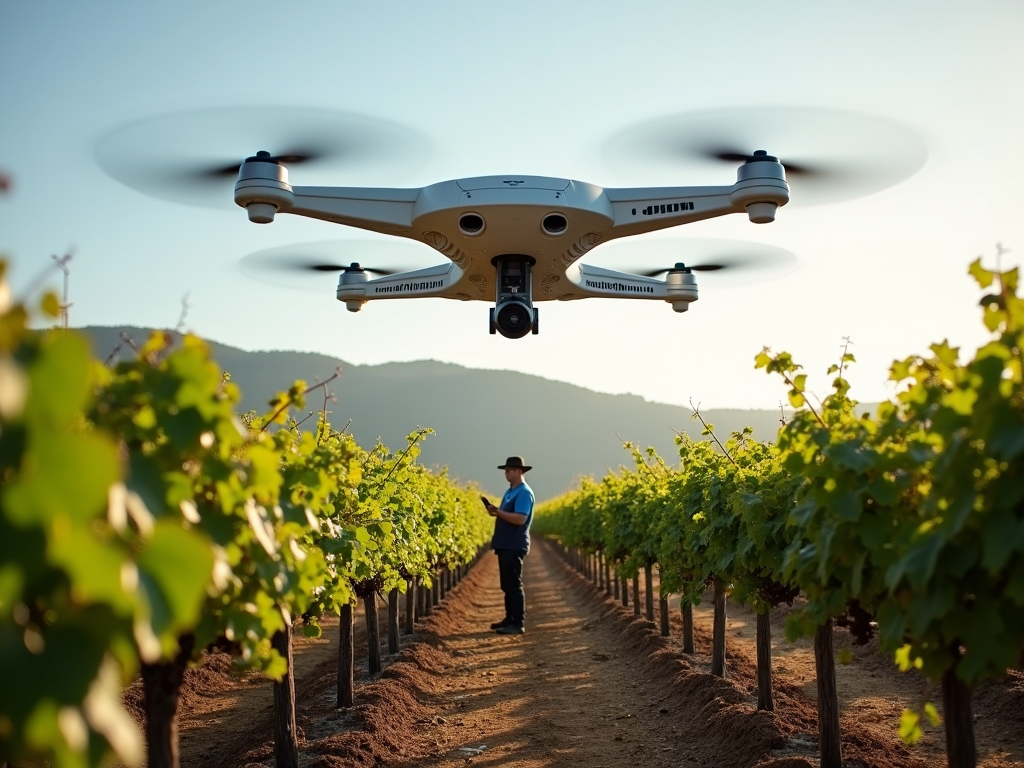
Summary
The evolution of winemaking techniques in Napa Valley is a wild ride—from hand-crushed grapes to high-tech vineyards. It’s a mix of old ways and new ideas that keeps Napa on top. Visit, taste, and see why this place is wine heaven. Want more? Check out the readings below.